
October Health & Wellness
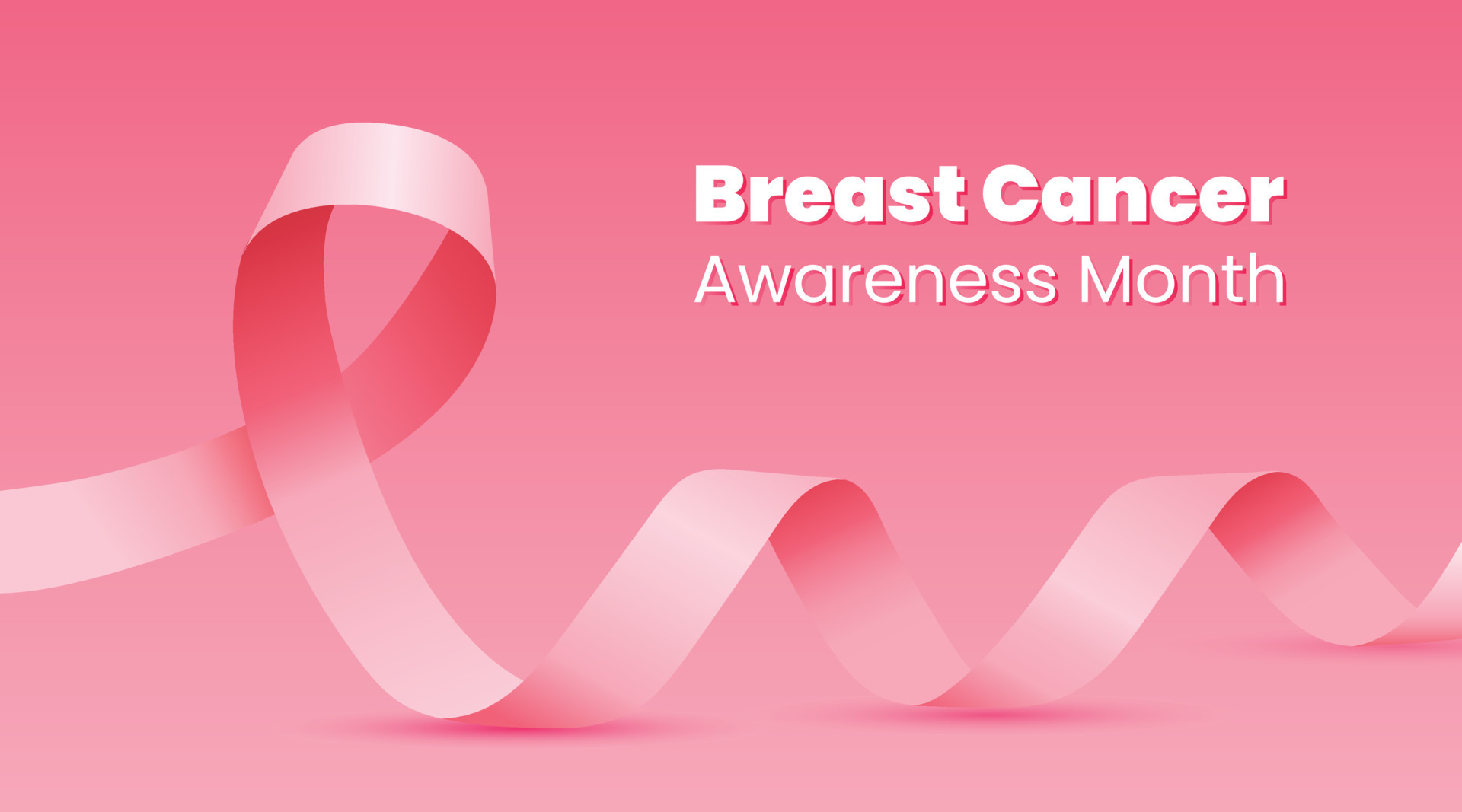
October is Breast Cancer Awareness Month
Learn how to help women, share your story, get free resources & help spread awareness by going to www.nationalbreastcancer.org
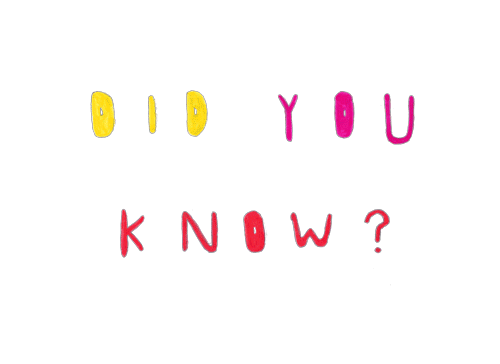
United Health Care & Apple
They make a GREAT pair!
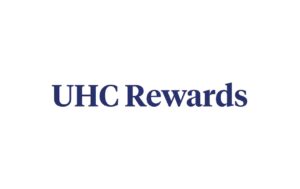
Want a Apple Watch?
Here’s how you can get one…
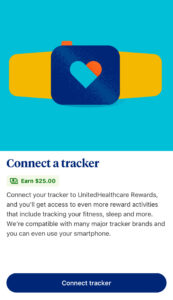
Do you have United Health Care?
With the new “Earn It Off” Rewards Program, you can get a new Apple Watch and pay it off over time by using your earned rewards!
Already have a Apple Watch?
Connect it to your UHC Mobile app and start earning rewards!
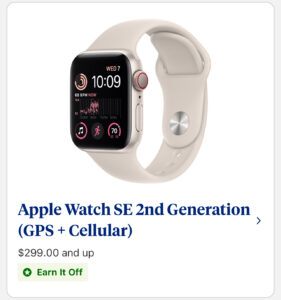
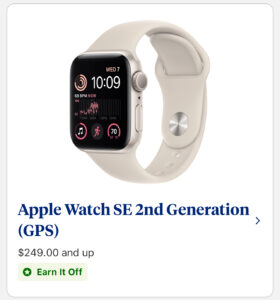
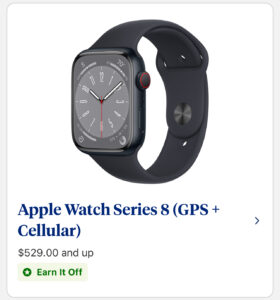
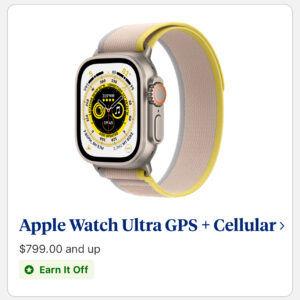
Click on the Apple Watch you want, pick your band color & size, then start the checkout process!
Visit www.myuhc.com or download the mobile app TODAY & GET STARTED!

Exercise More to Cut Your Cancer Risk
Few words in the English language generate as much fear and anxiety as “cancer.” It is a disease we all desperately want to avoid.
The good news is that there are proven ways to reduce your risk of cancer. Exercise is one of the best.
♦Lowers the risk of at least 13 cancers
Research shows that regular exercise of a “moderate to vigorous intensity” lowers the risk of at least 13 different cancers, including breast, colon, lung, endometrial, liver, stomach, kidney, esophageal, and bladder. It also reduces the risk of myeloid leukemia, as well as cancers of the head and neck.
It is believed that exercise lowers the risk of cancer by controlling weight, reducing sex hormones, decreasing inflammation, and boosting the immune system. Physical activity can also improve quality of life and help to improve outcomes during cancer treatment.
♦You don’t have to run marathons
The more exercise you do, the better in terms of cancer prevention, but you don’t have to work out like you’re training for a marathon. In general, aim for at least 150 minutes of moderate exercise—or 75 minutes of vigorous exercise—each week.
This could be as simple as taking a 30-minute walk five days a week. Adding in some strength training is beneficial, too. Don’t take an all-or-nothing approach. What’s most important is that you’re physically active on a consistent basis.
♦Do all you can to prevent cancer
Exercise is just one way to lower your cancer risk. Nutrition is also important, as are regular cancer screenings.
Get Screened for Cancer
Another important step for cancer prevention is getting recommended screenings. They can help you and your physician identify signs of cancer early when it is more treatable.
The Centers for Disease Control and Prevention (CDC) supports screenings for breast, cervical, colorectal (colon), and lung cancers. Which of these screenings you should get depends on your sex, age, family history, and other factors.
♥Breast cancer screenings
Women with an average risk of break cancer are recommended to get a mammogram every two years between the ages of 50 and 74. Women with a family history of breast cancer should talk with their physician about when to start mammograms—and how often to get them.
♥Cervical cancer screenings
Two tests help screen for cervical cancer:
• The Pap test looks for precancerous cells in the cervix.
• The HPV test identifies the human papillomavirus that can lead to these cell changes.
Women should get a Pap test starting at age 21. If it’s normal, their physician may advise them to wait three years until their next one. HPV tests should start at age 30. If that test is normal, women may be able to wait three years until their next test.
♥Colorectal cancer screenings
Most people should start getting screened for colorectal cancer after they turn 45. Screening options include stool tests, flexible sigmoidoscopy, colonoscopy, and CT colonography (virtual colonoscopy). Those with certain bowel diseases and/or family history may need to start screenings at a younger age.
♥Lung cancer screenings
Current or former heavy smokers (those who quit in the last 15 years) between the ages of 50 and 80 should get annual lung cancer screenings. This is done with low-dose computed tomography (LDCT).
◊Talk to your doctor◊
If you are not sure which screenings you should get, talk to your doctor. Together, you can go over your family history, lifestyle, and other factors to decide which screenings are right for you.
Eat Well to Avoid Cancer
Studies show that among all cancer-related deaths, as many as 30-35% are linked to diet. Part of the increased cancer risk is due to the food itself, and part is due to increased body weight from an unhealthy diet.
To reduce your risk of cancer, the World Cancer Research Fund (WCRF) and the American Institute of Cancer Research (AICR) recommend you:
• Eat a diet rich in whole grains, vegetables, fruit, and beans. These foods should make up the majority of your daily diet.
• Limit red meat and processed meat. Consume just moderate amounts of beef, pork (yes, pork is scientifically a red meat!), and lamb. Try to avoid processed meat—such as bacon, hot dogs, and deli meat—entirely.
• Limit sugar-sweetened drinks and alcohol consumption. Instead, drink mostly water and unsweetened drinks.
• Eat little to no heavily processed food (including fast food). Also known as ultra-processed foods, these foods have unhealthy added ingredients like fat, salt, starch, sugar, artificial colors and flavors, and
preservatives.
♣A good diet prevents other illnesses
Eating a healthy diet won’t only help to protect you from cancer. It can also help to prevent diabetes, heart disease, and other illnesses. You’ll likely feel better overall—both physically and mentally.
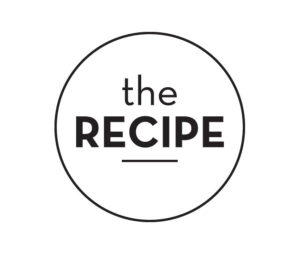
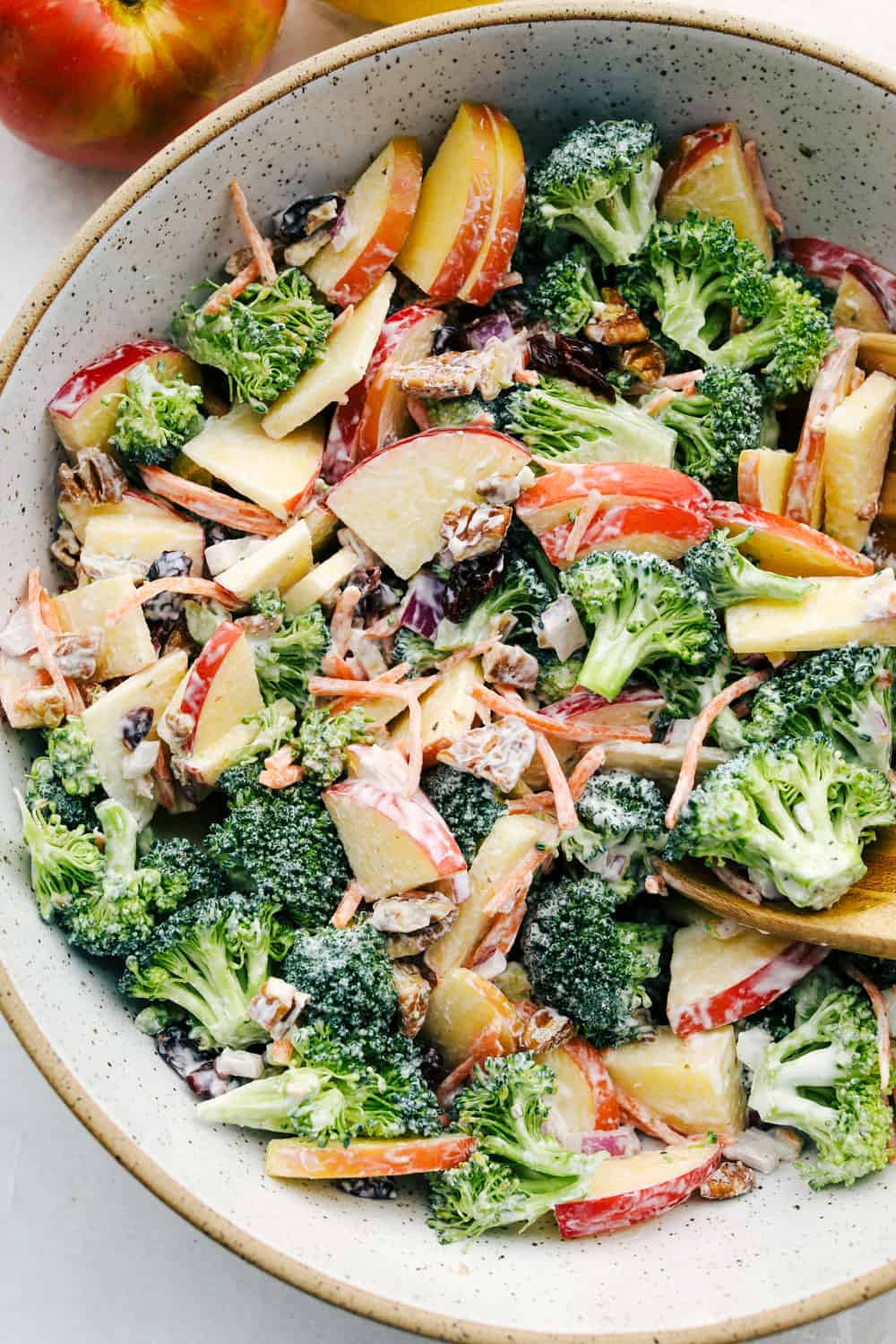
CREAMY BROCCOLI APPLE SALAD
Ingredients
• 4 cups broccoli florets
• 1/2 cup carrots, shredded
• 1/2 red onion, sliced thin
• 2 apples, diced
• 1/2 cup pecans, chopped
• 1/2 cup dried cranberries
• 1 cup plain Greek yogurt
• 2 tablespoons lemon juice
• 1 tablespoon honey
• Salt and pepper, to taste
Instructions
1. In large bowl, combine broccoli, carrots, onion, apples, pecans and cranberries.
2. In separate bowl, whisk together yogurt, lemon juice and honey.
3. Combine yogurt mixture with vegetable mixture and toss well. Season to taste with salt and pepper.
4. Chill until ready to serve.
Servings: 8
Nutrition Facts
Calories: 140
Total Fat: 6g
Sodium: 25mg
Carbohydrate: 20g
Total Sugars: 15g
Dietary Fiber: 3g
Protein: 5g
